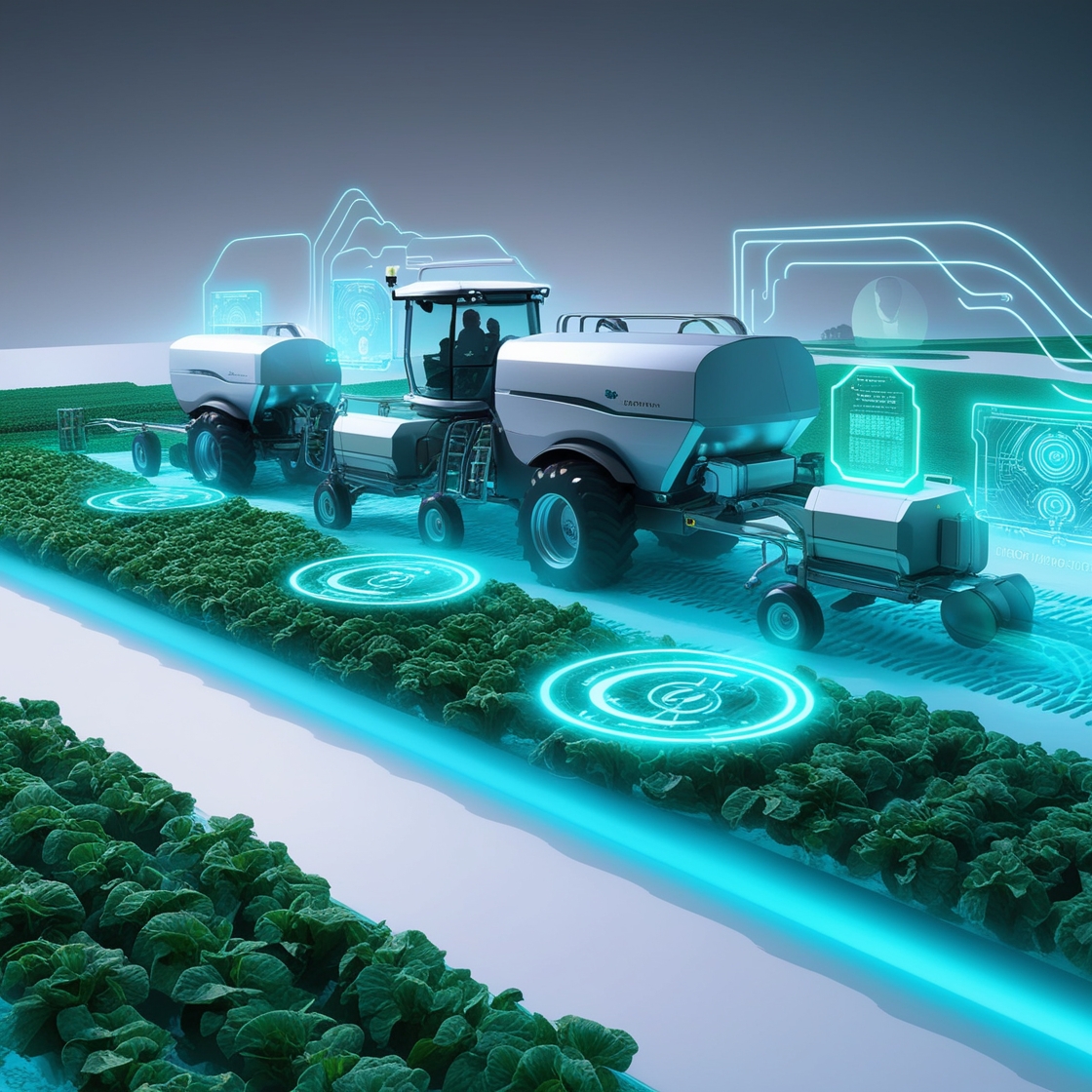AI in Agriculture: Cultivating a Revolution or Uprooting Tradition
7 Reasons Artificial Intelligence Raises Concerns for Farmers

AI in Agriculture: A Double-Edged Sword for Farmers?
The integration of artificial intelligence (AI) into agriculture is a transformative force, promising to revolutionize farming practices and enhance productivity. However, this technological revolution is not without its challenges, particularly for farmers who are grappling with the potential impact of AI on their livelihoods and traditions.
Navigating the Knowledge Gap:
As AI-driven solutions become increasingly sophisticated, farmers face the daunting task of acquiring new skills and knowledge to effectively utilize these technologies. The complexities of AI demand a level of understanding that goes beyond traditional farming practices, posing a significant hurdle for many in the agricultural community.
Internet Connectivity: A Rural Roadblock:
The reliance of AI systems on seamless internet connectivity raises concerns among farmers, particularly in remote areas with limited or unreliable internet access. The absence of robust connectivity hinders the adoption and integration of AI technologies, impeding their potential benefits.
Data Privacy: Safeguarding Sensitive Information:
The vast amount of data collected by AI-powered agricultural equipment raises concerns about data privacy and security. Farmers worry about the potential misuse or unauthorized access of their sensitive farming data, highlighting the need for robust data protection measures.
Financial Burden: A Barrier to Entry:
The upfront costs associated with acquiring and implementing AI-driven solutions can be substantial, posing a significant financial barrier for many farmers, especially those with limited resources. The uncertain return on investment further compounds the financial risk, making AI technologies less attractive.
Dependency on Technology: A Loss of Autonomy:
The increasing reliance on AI technologies for decision-making processes raises concerns about the potential loss of autonomy among farmers. The fear of relinquishing control over their operations and abandoning traditional farming practices amplifies the apprehension towards AI adoption.
Outsider Influence: A Disconnect with Needs:
The development of AI solutions often occurs in the technology industry, far removed from the realities of farming. This disconnect can lead to the introduction of AI tools that fail to address the specific needs and challenges faced by farmers, further complicating the adoption process.
Job Displacement: A Threat to Rural Livelihoods:
The transformative nature of AI in agriculture poses a threat to traditional livelihoods, as AI-driven automation could lead to job displacement in the agricultural sector. This raises concerns about the potential impact on rural economies and the livelihoods of those who rely on farming for their sustenance.
Addressing Concerns for a Smooth Transition:
Despite the challenges, the integration of AI into agriculture holds immense potential for enhancing productivity and sustainability. However, addressing the concerns raised by farmers is crucial for ensuring a smooth transition towards AI-enabled farming practices. This requires a multifaceted approach that includes:
- Bridging the Knowledge Gap: Providing accessible and tailored educational programs to equip farmers with the necessary skills and knowledge to effectively utilize AI technologies
- .

- .
- Expanding Rural Connectivity: Investing in infrastructure to expand and improve internet connectivity in rural areas, ensuring that farmers have access to the digital tools necessary for AI adoption.

- Protecting Data Privacy: Implementing robust data protection measures and establishing clear data ownership guidelines to safeguard farmers’ sensitive information.

- Exploring Affordable Solutions: Encouraging the development of cost-effective and scalable AI solutions that are accessible to farmers of all scales.
- Promoting Farmer-Centric Design: Fostering collaboration between farmers and AI developers to ensure that AI solutions are designed to address the specific needs and challenges faced by the agricultural community.
- Supporting Rural Economies: Implementing policies and programs to mitigate the potential impact of AI-driven job displacement on rural economies and ensure a just transition for affected workers.

